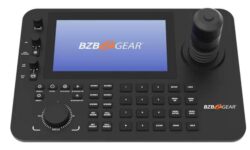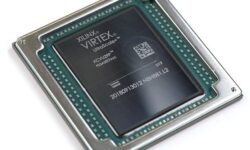
Ada, a highly tightly typed and densely typed hardware description language, is where VHDL got its start. VHDL is far more verbose than Verilog, another HDL, as a result of the language requirement, which also increases the number of self-documenting designs. Strong typing in VHDL makes ensuring that explicit datatype conversions, like going from a bit-vector to an integer, happen. VHDL is utilized in electronic design automation to express mixed-signal and digital systems, such as integrated circuits and FPGA series like Zynq-7000 SoC, FPGA Spartan-7, Artix-7 FPGA, and Virtex-7 FPGAs. The semantics of the VHDL language were created to be exceedingly straightforward and clear. VHDL designs are compact, increasing the functionality of swiftly switching between tools. There is no need to be concerned about racial difficulties as a result. The IEEE standard 1164 is mostly used in the VHDL design, and the Math and Numeric packages are also utilized to increase the language’s usefulness. VHDLs are tool-dependent and lack facilities for monitoring or simulation control. Because VHDL types are user-defined and lack an integrated simulation control, debugging design issues is…
Continue reading







